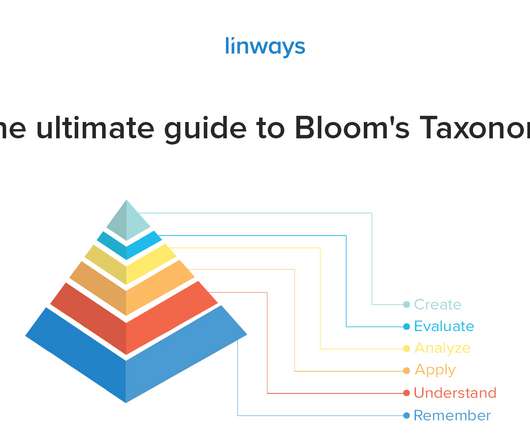The science of catching up
The Hechinger Report
AUGUST 25, 2021
A 2020 review of 100 tutoring programs found that intensive tutoring is particularly helpful at improving students’ reading skills during the early elementary years, and most effective in math for slightly older children. When the No Child Left Behind law was first passed in 2001, schools got extra money to tutor students who were behind.














Let's personalize your content